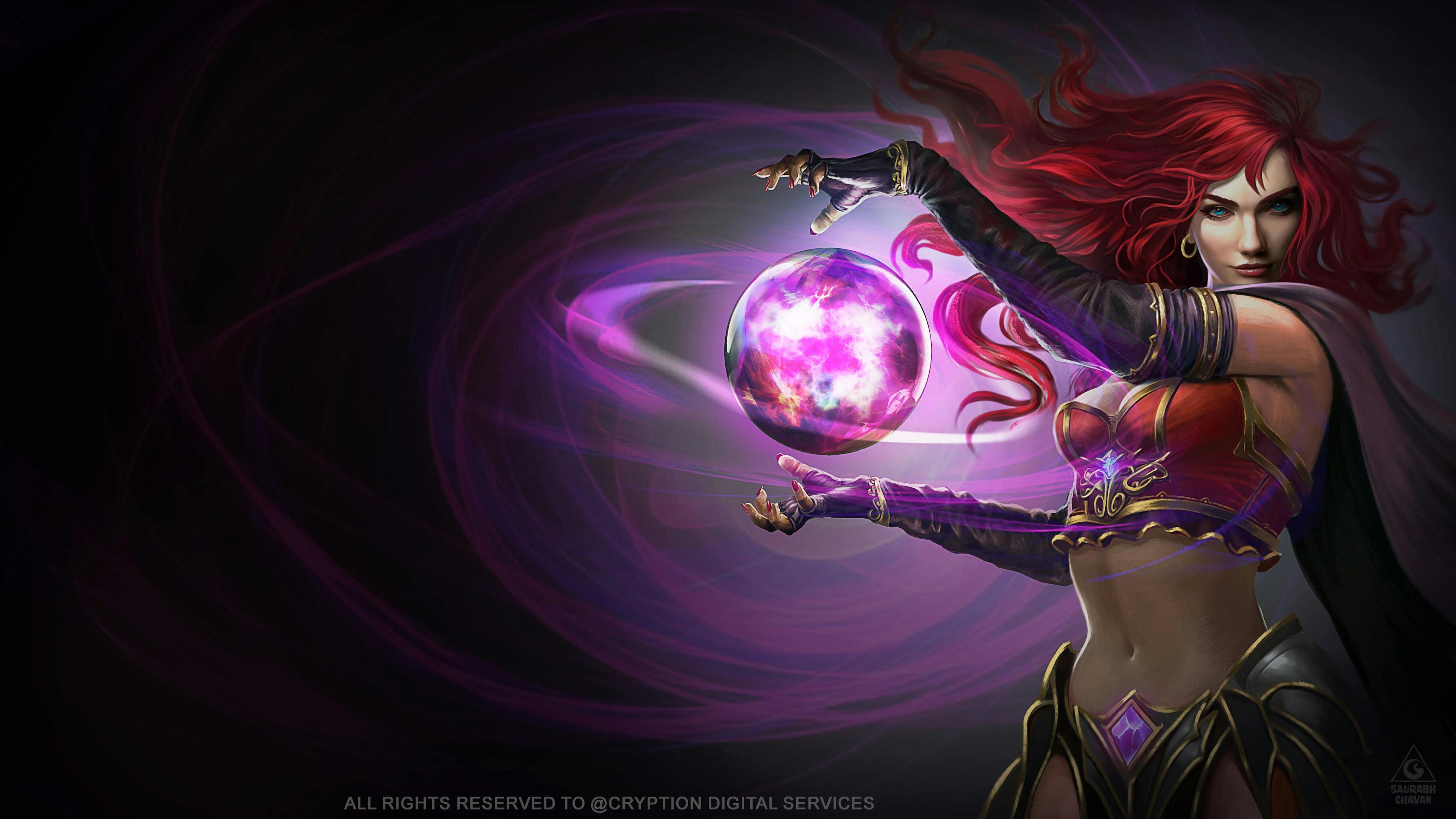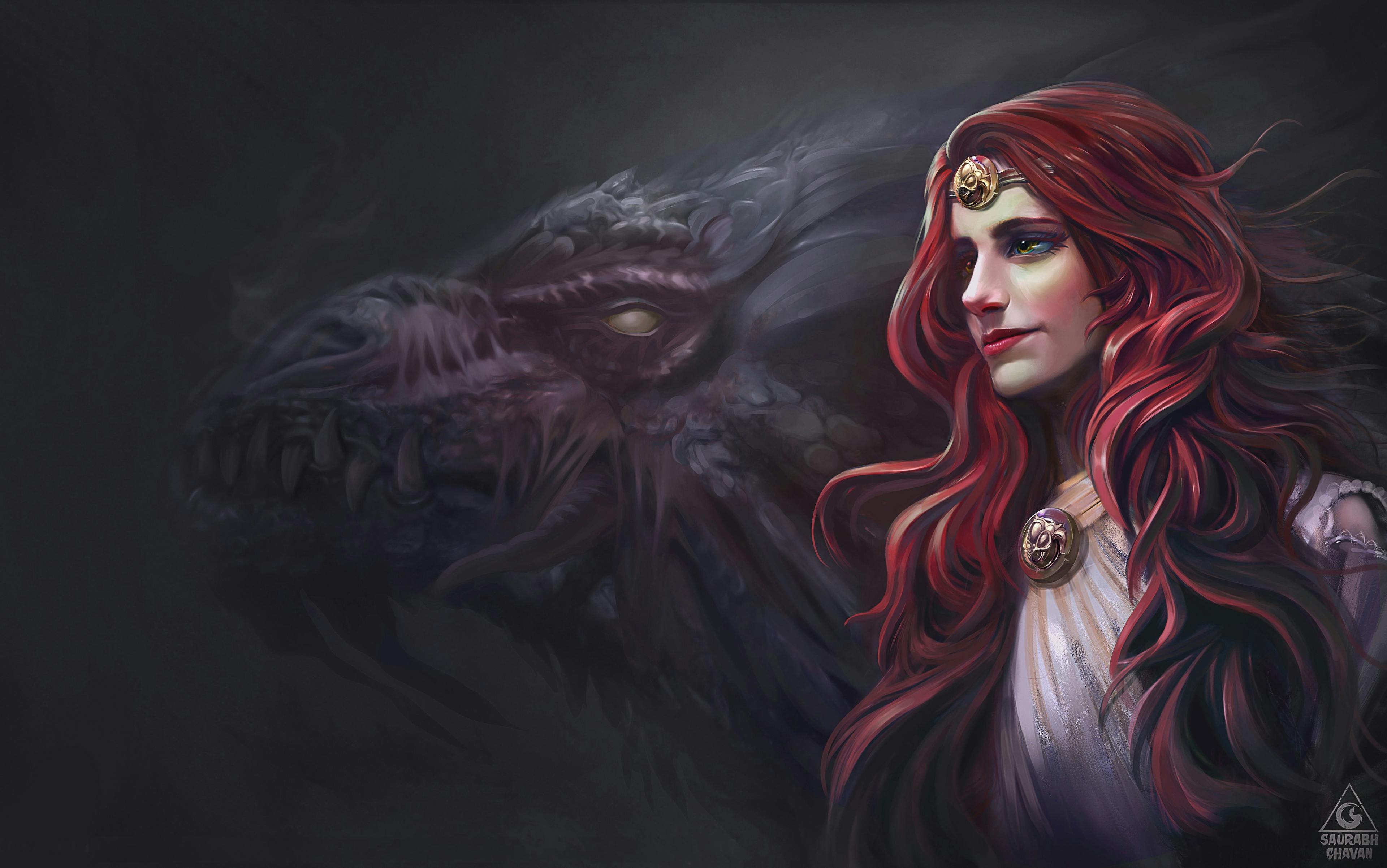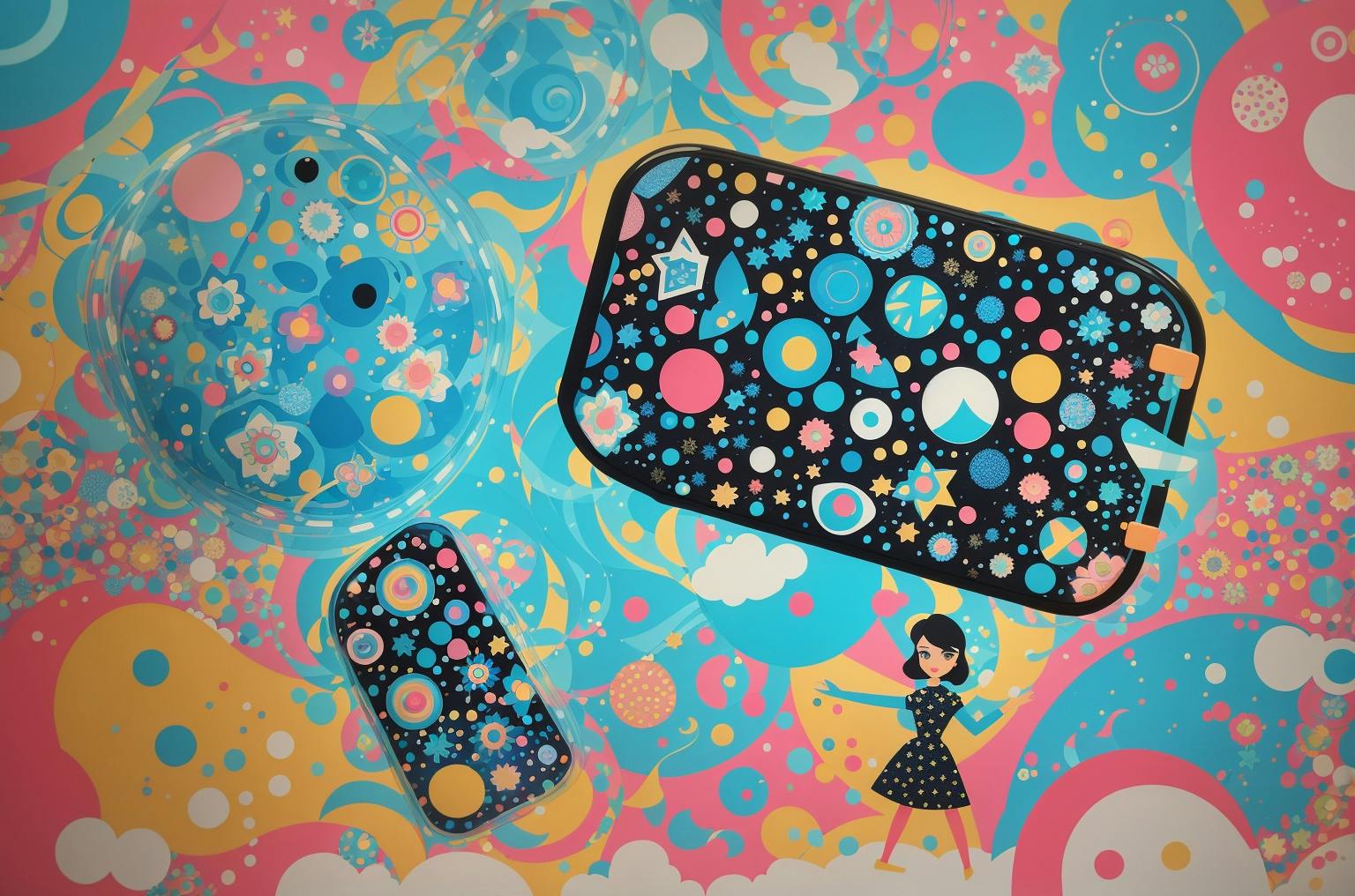How to Create AI Generated Images
The world of art has been continuously evolving throughout history, with new techniques and mediums constantly emerging. One of the latest additions to the realm of art is AI-generated images. With advancements in technology, machines have become more than just tools for humans – they can create art themselves. This fusion of art and technology is both fascinating and slightly controversial. In this article, we will delve into the art of creating AI-generated images, exploring the process, tools and ethical implications of this innovative approach to art.
Machine Learning
The creation of AI-generated images relies heavily on the concept of machine learning. Machine learning involves the use of complex algorithms and statistical models to allow machines to learn and improve from data without explicit instructions. Neural networks, a subfield of machine learning, are particularly crucial for creating AI-generated images. These networks are designed to mimic the human brain's structure and function, allowing machines to learn, process and generate images just like a human would.
AI Models
Nowadays, there are various AI models available that can generate images, each with its own unique capabilities and limitations. So, how do you choose the right AI model for your project? The key is to understand the type of images you want to create and the level of control you want to have over the process.
For example, a generative adversarial network (GAN) is an AI model that is known for its ability to generate lifelike images, making it ideal for creating portraits or landscapes. On the other hand, a variational autoencoder (VAE) is better suited for producing abstract or surreal images. It is essential to research and experiment with different models before settling on one that aligns with your vision.

Artwork by Saurabh Chavan
One of the biggest debates surrounding AI-generated images is whether they can be considered true works of art. This question is subjective and highly debatable. Some argue that since the human element is absent in the creation process, it cannot be considered art. However, others believe that the algorithms and programming behind AI-generated images are a reflection of the human mind and thus can be deemed as art. Ultimately, the artistic value of AI-generated images may vary depending on the viewer's perception and interpretation.
Wondering what tools or software are needed to create AI-generated images? One of the most popular and user-friendly programs is Laetro. Laetro is a web-based platform that allows artists and non-artists alike to create unique and personalized AI-generated images.
The platform provides access to a variety of AI models, making it easier to experiment and explore different styles. Laetro also offers a range of tools and features, such as color manipulation, texture blending and style transfer, to help bring your vision to life. The platform's simple and intuitive interface makes it an ideal choice for those new to the world of AI-generated images.
Despite the many benefits and possibilities of creating AI-generated images, there are also some ethical concerns to consider. One of the main concerns is the potential bias and lack of diversity in the data used to train the AI models.
If the data is limited or skewed, it can lead to biased and exclusionary results. It is crucial to use diverse and inclusive datasets to ensure ethical and fair representation in the images generated by AI models. Additionally, proper credit and attribution must be given to the original creators of the data used in the training process.

Artwork by Saurabh Chavan
In conclusion, the art of creating AI-generated images is a perfect example of the harmonious combination of art and technology. With the right tools and techniques, anyone can create stunning and unique images using AI models. However, it is essential to also consider the ethical implications and strive for diversity and inclusivity in the creation process. As technology continues to advance, the possibilities of AI-generated images are endless and it will be interesting to see how this art form evolves and impacts the world of art in the future.
To summarize, here are the key points discussed in this article on the art of creating AI-generated images:
- AI-generated images rely on machine learning and neural networks.
- Choose the right AI model for your project based on the type of images you want to create.
- The artistic value of AI-generated images is subjective and debatable.
- Laetro.com is an excellent platform for creating AI-generated images, with a variety of tools and AI models available.
- Ethical concerns surrounding AI-generated images include biased data and lack of diversity.
- Strive for diversity and inclusivity in the creation of AI-generated images.
- With the right tools and techniques, the possibilities of AI-generated images are endless.

